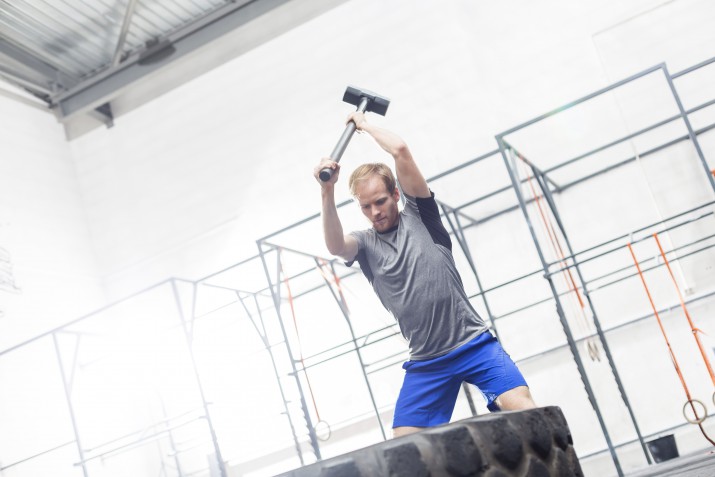Strength in itself doesn’t mean a lot. It can mean a lot of different things to various people. There are two typical reasons why people begin an exercise program:
- To look fit
- To improve overall function

The question then is what are you building strength for? How much of it do you need to accomplish what you want and need in your daily life? Strength can be split into several different forms, and the type of training you will want to do depends on what type best suits your needs.
We all have our own preferences and goals, and none of the types described here is superior to the others. And it’s not like working on one means you are excluding all the others, just that in any training program, one will necessarily be emphasized more than the others to make the most efficient results.
You certainly don’t need to pick just one type to work on forever. I recommend prioritizing a program for a period of time and cycling through different training regimens over time.
I’ll describe four kinds of strength:
1. Absolute Strength
This is the maximum force your musculature can exert for a particular action, whether it’s a press, a squat, or a pull.
Usually this type is measured in terms of total weight lifted. The sport of powerlifting is a good example of athletes training for absolute strength. For them, everything is geared towards improving their 1RM (1 Rep Max) in three lifts – the squat, bench press, and deadlift.
The application of this type for most of us comes when you need to pick up something heavy, or move it out of the way one time. The ability to lift your couch up so you can clean behind it and push a big boulder that’s in your path require a higher degree of absolute strength. If you don’t have enough, then you simply wouldn’t be able to perform those actions.
2. Relative Strength
Relative strength involves performing brief but maximal voluntary contractions to improve the neural drive to the muscle. Tapping into the highest-threshold motor units and making use of force development is by performing exercises within the 3-5 rep range.
This quality is especially important for athletes in weight classes, such as boxing, wrestling, and weightlifting. It isn’t necessarily trained for specifically other than keeping your weight(lean mass) in check while you continue to build your strength or implemented for variety in your workouts.
3. Power
Power considers how quickly you can use your strength. It’s measured by strength x speed. Lifting the same barbell weight but taking longer to do it indicates less power. But we don’t need to be this technical to think of power in our daily lives.
For instance, we can can see how powerful we are by how high or far we can jump. Another example comes from fighting sports, where power is measured by how hard you can punch and kick. You are trying to deliver a great amount of force to your target, and you may have a high level of strength, but if you are too slow, you’ll lack power.
The specifics of training for power usually involve heavy forces in short high speed movements for a few repetitions with long rest periods. This encourages explosive performance with low fatigue.
4. Strength Endurance
This is the ability to perform at a near low-mid level of strength repeatedly over a period of time. It’s the specific form displayed in activities which require a relatively long duration of muscle tension with minimal decrease in efficiency. Exercises such as hill running, pushing/pulling a sled or high volume weightlifting will work. The movements are difficult and require a significant amount of strength that need to be sustained over time to get the work done. Another good example in the bodyweight world is the gymnast performing ring strength skills one right after another in a routine.
The training is pretty darn uncomfortable and has you working to fight through high levels of lactic acid with as little rest as possible. Too little rest and you’ll burn out, too much rest and you won’t get the effects desired.
Of the three primary elements of physical autonomy – strength, flexibility, and control – the first one is arguably the most important for many people who lack that basic foundation.
Conclude
As you can see, there are several types of strengths, and each one has a wider application than just getting stronger or bigger. Unless you are an athlete training for a particular sport, I encourage most people to focus on is the relative strength that has a more carry-over value to other activities. But building your foundation is a must before dealing with heavy loads.
Train Hard & Train Smart



